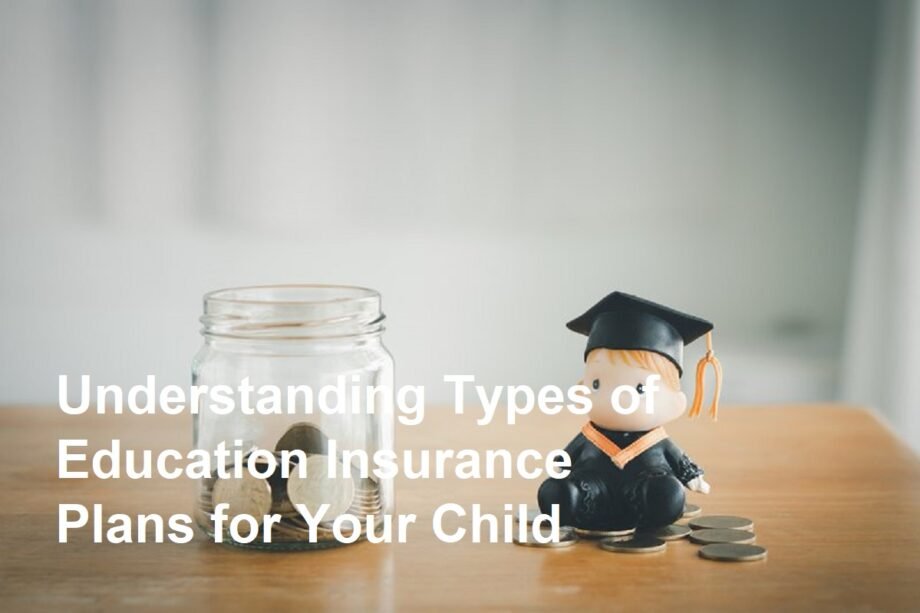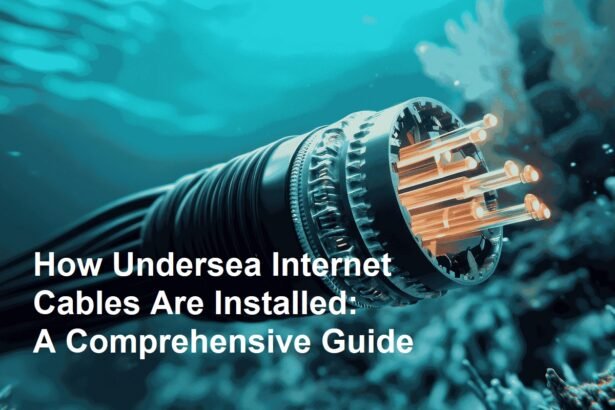Planning your child’s education is one of the most important financial goals as a parent. To support this, education insurance has emerged as a powerful tool to help you secure the rising cost of education while providing financial protection. However, not all education insurance plans are the same. In this article, we’ll explain the different types of education insurance and how each serves your child’s future needs.
What Is Education Insurance?
Education insurance is a financial product that combines life insurance protection with education savings. It ensures that even in the event of a parent’s death or disability, the child’s education goals are not compromised.
Expert Insight: Education insurance plans often act as long-term savings vehicles with guaranteed or non-guaranteed returns depending on the type of policy.
Types of Education Insurance Plans
Understanding the different kinds of education insurance plans helps you choose the right one for your financial goals and your child’s future.
1. Endowment-Based Education Insurance
This is the most common type. It offers a lump sum payout when the policy matures—typically when your child reaches 18 or 21 years old. It also provides a death benefit if something happens to the policyholder.
Benefits:
- Fixed maturity amount
- Predictable premiums
- Simple structure
Limitations:
- Lower returns compared to market-linked plans
2. Unit-Linked Insurance Plans (ULIPs) for Education
ULIPs combine insurance with investment. A portion of your premium goes into market-linked funds such as equity or debt instruments, while the rest covers life insurance.
Note (Expertise): Ideal for parents comfortable with market risks and who want the potential for higher returns over time.
Benefits:
- Flexibility to choose investment funds
- Potential for high returns
- Partial withdrawals after a lock-in period
Limitations:
- Returns are market-dependent
- Higher charges in early years
3. Term Plans with Education Riders
Some term insurance plans offer education riders that ensure regular payouts to support your child’s schooling in the event of the policyholder’s death. It is a low-cost option to provide financial protection.
Benefits:
- Affordable premiums
- Financial support during emergencies
Limitations:
- No maturity benefit
- No savings or investment component
4. Traditional Life Insurance with Child Benefit
This type includes whole life or endowment policies specifically designed with future educational milestones in mind. These plans offer guaranteed payouts at fixed intervals to match tuition needs.
Authoritative Advice: These are great if you want guaranteed safety, even if the growth is modest.
How to Choose the Right Education Insurance Plan
Choosing the right policy depends on your financial goals, risk appetite, and your child’s age. Here are a few tips:
- Start Early: More time allows your investments to grow.
- Assess Your Risk Tolerance: Opt for ULIPs if you’re comfortable with market fluctuations; choose endowment if you prefer stability.
- Align With Education Milestones: Make sure payout timings match expected education expenses like college enrollment or overseas study.
Final Thoughts: Invest Wisely in Your Child’s Future
Each type of education insurance plan offers different benefits depending on your financial needs and investment goals. Understanding these types allows you to make informed decisions and ensure your child’s education is secure—no matter what life throws your way.









